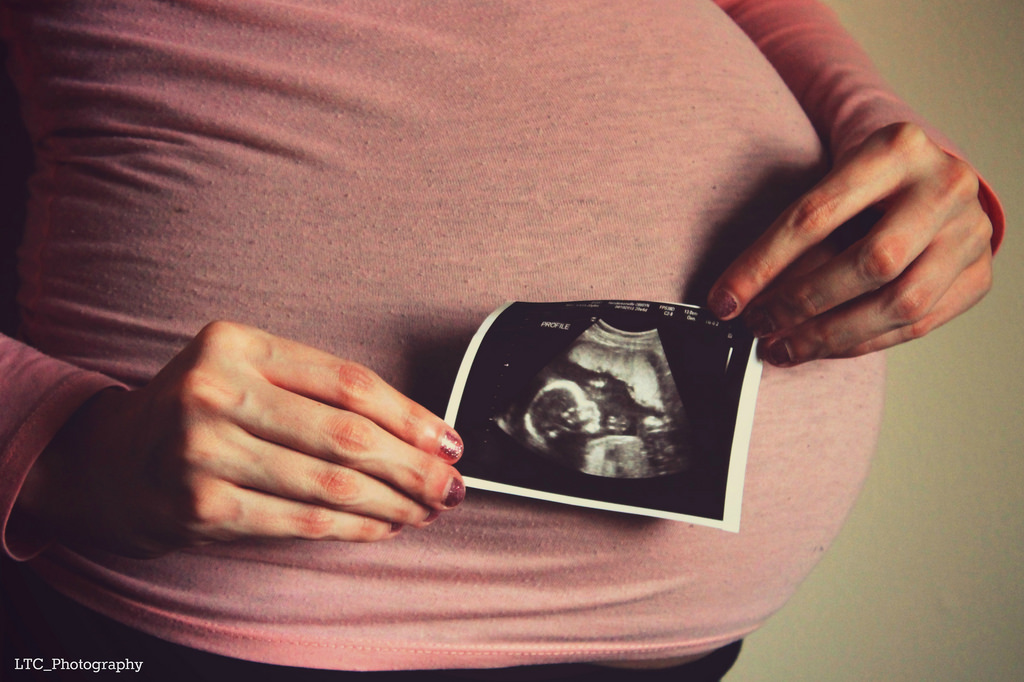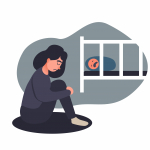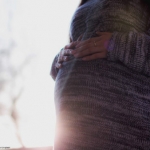In early studies designed to identify specific risk factors for postpartum depression, unplanned pregnancy was identified as a relatively weak predictor of postpartum depression. But there are many different types of unplanned pregnancy. For example, an unplanned but desired pregnancy is distinct from an unplanned and unwanted pregnancy. Or what about a pregnancy that is unplanned and badly timed? It turns out that these distinctions may be important in determining risk for depression.
In a relatively large study of 2654 pregnant women, researchers evaluated the association between pregnancy planning (“Was this pregnancy planned? Yes/No”) and/or timing (“Do you think this is a good time for you to be pregnant?”) and depressive and anxiety symptoms.
37% of the participants reported an unplanned pregnancy. 13% reported having a poorly timed pregnancy. Compared to women with planned pregnancies, women who reported unplanned pregnancies were more likely to have a Major Depressive Episode (MDE) (adjusted odds ratio (aOR) 1.69, 95%CI 1.23-2.32). However, poorly timed pregnancies were more commonly associated with a major depressive episode (aOR 3.47, 95%CI 2.46-4.91) and higher levels of perceived stress (aOR 5.20, 95%CI 3.93-6.87). Poorly timed pregnancies were also associated with General Anxiety Disorder (GAD; aOR 1.60, 95%CI 1.07-2.40). Psychiatric symptoms were most strongly associated with planned pregnancies that were also poorly timed (MDE=aOR 5.08, 95%CI 2.52-10.25; GAD=aOR 2.28, 95%CI 1.04-5.03). This group also experienced high levels of stress and lower levels of social supports.
This finding is obviously not a clap of thunder, but it does help us hone in on the women who are most likely to experience depression or anxiety in the context of pregnancy and the postpartum period.
Ruta Nonacs, MD PhD
Gariepy AM, Lundsberg LS, Miller D, Stanwood NL, Yonkers KA.
J Affect Disord. 2016 Jun 27;205:87-94.








Leave A Comment